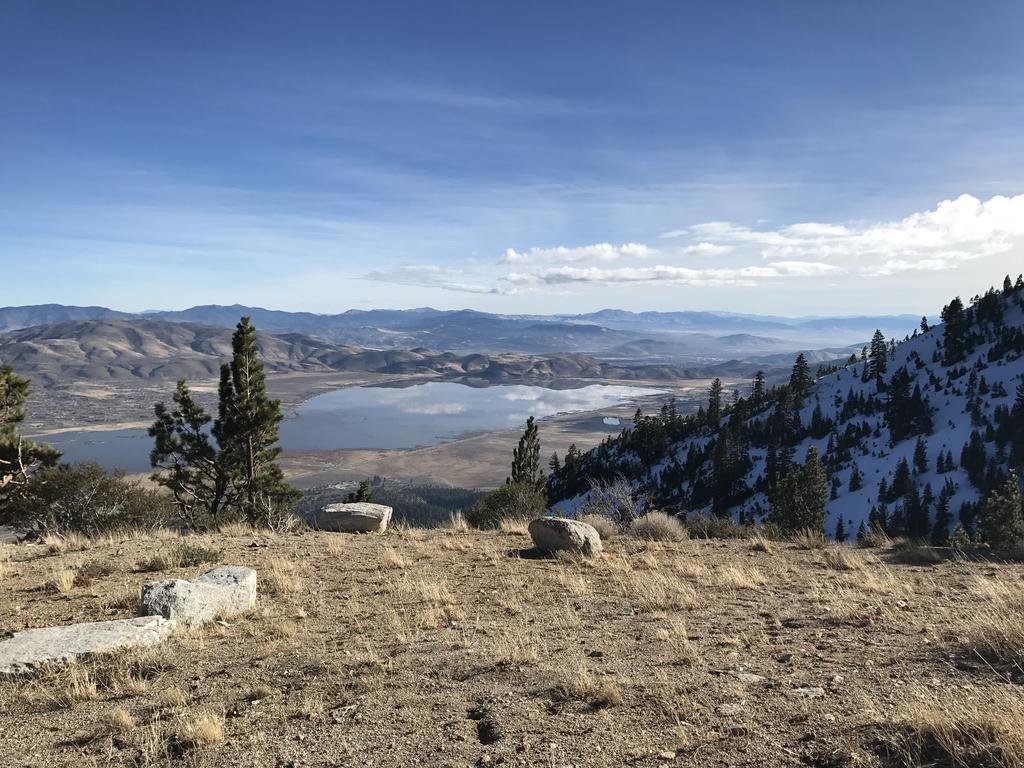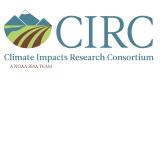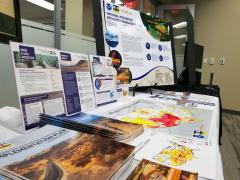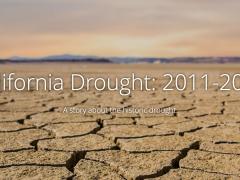Data, Maps, & Resources for Snow Drought now Live on Drought.gov

Visit the new snow drought page
The beginning of the 2017/2018 winter season brought little rain and snow, giving rise to concerns about snow drought across the Western United States. Snow drought is defined as a period of abnormally low snowpack for the time of year, reflecting either below-normal cold-season precipitation (dry snow drought) or a lack of snow accumulation, despite near-normal precipitation (warm snow drought), caused by warm temperatures and precipitation falling as rain rather than snow, or unusually early snowmelt (AMS Glossary of Meteorology). The impacts of snow drought are often widespread, affecting ecosystems, reservoir levels and operations, water resource management, tourism, and winter recreation.
Above normal temperatures and below normal precipitation continued through February, increasing the demand for snowpack monitoring and snow water equivalent (SWE) data. It became clear that traditional hydrological drought data alone was not providing enough information to decision makers and resource managers.
In response to the need for snow drought resources, the NIDIS Drought Early Warning System (DEWS) coordinators for California-Nevada (Amanda Sheffield), the Pacific Northwest (Britt Parker), and Intermountain West (Elizabeth Weight) teamed up with Dan McEvoy (Climatologist from the Desert Research Institute, Western Regional Climate Center, and developer at Climate Engine) to launch a new snow drought page on drought.gov that features information, resources, and tools for snow drought. NOAA Regional Integrated Sciences and Assessments (RISA) teams CNAP (California Nevada Applications Program) and CIRC (Climate Impacts Research Consortium) also played a role in developing the snow drought page by providing input on tools and resources.
This new page, which went live on April 3, 2018, features a number of snow drought monitoring tools that can help decision makers and resource managers to monitor, plan for, and cope with snow drought and its impacts. From this page, users can access SWE, snow course, Snow Telemetry (SNOTEL) from the U.S. Department of Agriculture (USDA) National Resources Conservation Service (NRCS), and stream temperature data, as well as snow probability, freezing level, and streamflow forecasts. The drought.gov snow drought page also features resources and tools specific to geographical regions, like the Sierra Nevada Mountains and National Weather Service River Forecast Centers, and tools provided by organizations like NOAA Fisheries, the NASA Jet Propulsion Lab, and the Center for Western Weather and Water Extremes (CW3E).
One of the resources featured on the new page is Climate Engine, which can now display SNODAS (SNOw Data Assimilation System) data, a product of the NOAA National Weather Service National Operational Hydrologic Remote Sensing Center (NOHRSC). This dataset contains snowpack variables in near real-time, such as depth and snow water equivalent (SWE) across CONUS.
In partnership with the National Drought Mitigation Center, visitors to the snow drought page are also invited to report impacts of snow drought from the 2018 water year (October 1 - present) to the Drought Impact Reporter, which will be shared with the states and regional DEWS affected in an effort to increase awareness and understanding of how snow drought impacts citizens and economies.
This new webpage is the product of a multi-agency collaborative effort to increase awareness of snow drought and its impacts, and provide the necessary tools and data to decision makers and resource managers who depend on reliable and accessible information to inform their decisions.
Partners involved in the development of new snow drought web page:
- DRI
- WRCC
- Climate Engine
- CIRC
- CNAP
- NDMC
- NIDIS








